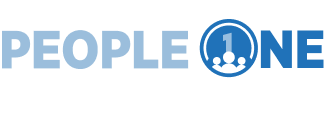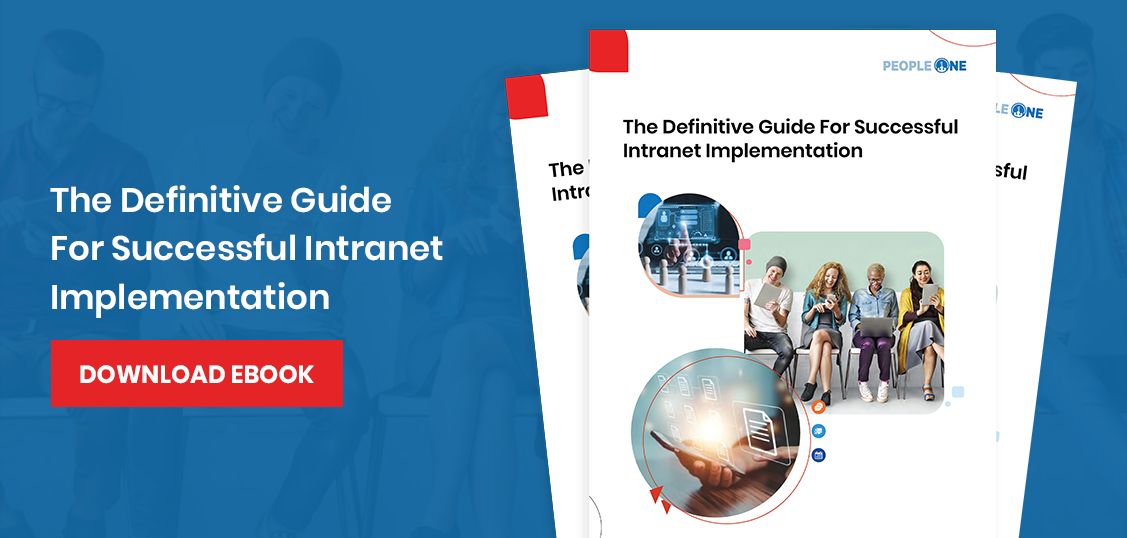Resources > Blogs
Five Drivers for a High-Performance Culture in a Digital-First Workplace
17-Nov-2021
Admin

“Culture eats strategy for breakfast.” – Peter Drucker.
A company’s organizational culture is like the autonomic nervous system—the part responsible for controlling the bodily functions not consciously directed, such as breathing, heartbeat, and digestive processes. Organizational culture is ubiquitous and pervasive, and it determines how a business grows or doesn’t.
The trouble is, well-intentioned leaders don’t prioritize their culture during times of disruption; instead, they focus on safeguarding assets and maximizing efficiencies. They treat disruption like fuel to strengthen culture for long-term growth. Of course, leaders must protect some basics from remaining solvent, but the best leaders don’t stay defensive.
What you need to focus on:
- Leadership Communication – How leaders use stories to reinforce the organization’s values, norms, and culture.
- Meet Them Where They Are – A Digital Workplace can extend your communication reach to every employee, especially front-line, remote, and job site workers, who are often the first to feel disconnected from the organization.
- Work Team Dynamics – High-performance cultures support flexible and fluid team dynamics. People are encouraged to own their responsibilities and engage with others as needed to get the job done.
- People Development – A Digital Workplace makes it easy for employees to be recognized for certifications and learning achievements and encourage and reinforces a culture of continuous learning and professional growth.
- Performance Recognition – People appreciate recognition from their managers. Even more, they appreciate recognition from their peers. A digital workplace provides a corporate bulletin board, where recognition and kudos are shared above and beyond.
Experts agree that these five cultural drivers help leaders create an opportunity to implement tailored strategies that improve how employees conduct themselves, make decisions, and accomplish their work.
1. Leadership Communication
Leaders who communicate their vision, purpose, and values to employees inspire them to participate in their goals. Regrettably, only a tiny percentage of employees agree that their leadership demonstrates these values to them. Making leaders assume their communication efforts are working when it is not.
When communication is lacking, employees will talk among themselves, creating rumor mills rather than staying focused on their mission to push the company forward.
Culture propagates through stories and leaders that can tell stories about what is working well — like the employee who lived out a cultural value with a customer perfectly or how the company’s purpose made a difference in someone’s life in the past week. These stories fill a void for people who want to know how their job makes a difference.
2. Meet Them Where They Are
Everyone needs to hear leadership communication and the narratives that inspire action. But don’t overlook remote employees and non-desk workers. Recently, Gallup research showed that in 2021, 43% of U.S. employees who work from home or an off-site job location have lower engagement and feel disconnected from the organization.
As communication technologies advance, consider a digital workplace as your central communications hub where everyone can go for text, email, intranet, chat, video, and web-conferencing, all in one app. Make sure it provides for two-way communication and maintains backend metrics so you can measure what communications are working and which are not.
You will know the narratives are successful if they are clear and communicate what you expect from the workforce. If it’s credible to employees at every level of your organization and compels people to take action, you will see likes and shares spiking when new narratives are published.
3. Work Team Dynamics
Work team dynamics make a big difference in high-performance cultures. Culture dictates protocols on who can communicate with whom, how frequently, and what topics. These protocols serve as the social glue or common mechanism that produces mission and purpose for employees’ work lives, keeping the company healthy and growing.
In the best company cultures, work team structures function seamlessly—they feel invisible to employees and customers alike—and team dynamics enable the company to flourish.
4. People Development
According to the Work Institute 2020 Retention Report, the #1 preventable reason employees leave is lack of professional development. People are encouraged to actively participate in self-directed, continuous learning when they see that a company reserves space to recognize individuals for certifications and learning achievements in the digital workplace. They also see that the organization encourages people to share knowledge on doing their jobs better. A Digital Workplace solution is the perfect vehicle for sharing this kind of invaluable information so that an organization learns fast, and others can benefit quickly.
5. Performance Recognition
Did you know that peer-to-peer recognition is 72% more meaningful to employees than management recognition? Your Digital Workplace can become that central communications hub for recognizing outstanding performances, like when a team member steps up to help their colleague who may be over their head due to a tricky situation or lack of experience. A “Kudos” page on your Digital Workplace will encourage people to go above and beyond to help each other and reinforce your customer-centric culture.
If you want to learn more about cultivating a high-performance culture in a digital-first workplace, then you wouldn’t want to miss our webinar on the topic.
If you have not already signed up, you need to sign up right now!
Discover how PeopleOne can transform your organization
Request a DemoHR and Comms Guide: How to Turn Your Intranet into a Highly Engaged and Productive Platform
Download Ebook









